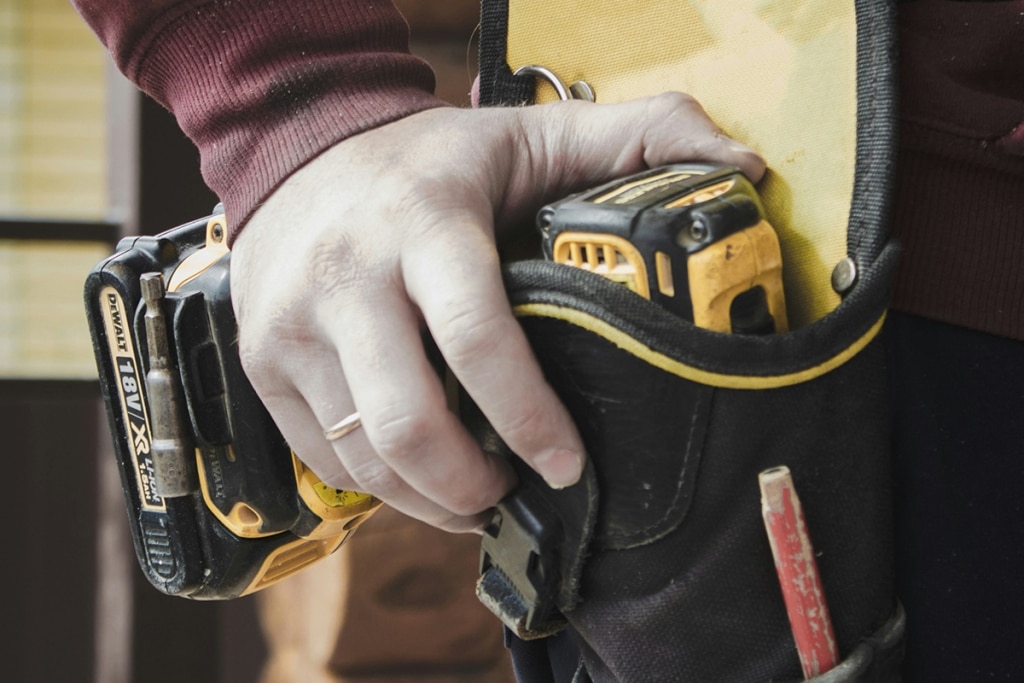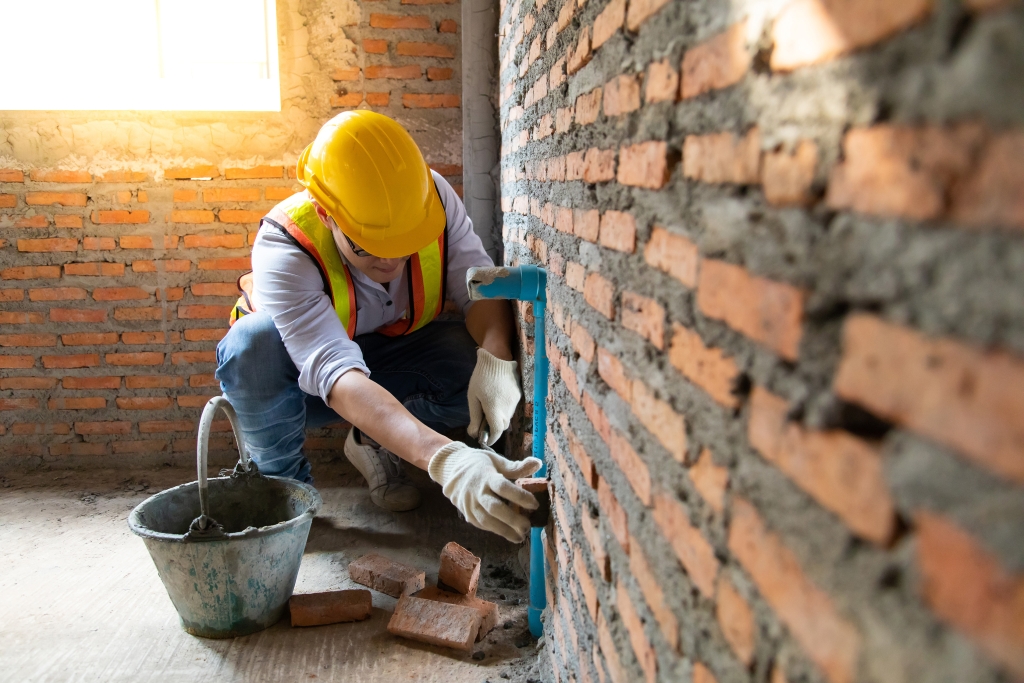

Carpentry is hands-on, physical work that comes with its fair share of risks. From power tools on site to the projects you leave behind, there’s plenty that can go wrong, and when it does, it can cost you more than just a few days off the tools. The right insurance helps carpenters protect their income, cover their gear, and keep jobs moving without unexpected financial stress.
Without proper cover, even a small mistake or accident can snowball into expensive repairs, lost wages or legal claims. That’s why understanding your insurance options isn’t just smart, it’s essential for running a sustainable carpentry business.
This blog will walk through the main types of insurance coverage every carpenter should consider, plus a few extras worth thinking about as your business grows.
No two days on site are the same for a carpenter. One day you’re framing up, the next you’re installing a custom fit-out. With tools, materials and people all around, it doesn’t take much for accidents to happen. A client could trip over your gear and end up with an injury to a third-party claim, or a slipped saw could cause accidental damage to the property you’re working on.
That’s where carpenter’s insurance makes life a lot less stressful. Instead of worrying about how you’d cover the costs, you know you’ve got backup if things don’t go to plan. It can cover claims, repairs, or even help replace stolen tools so you can focus on the work, not the “what ifs.”
Having the right insurance means you don’t have to carry the risk on your own. It’s about protecting your business, your income, and the future you’re building.

Every tiler works a little differently, but one thing is the same for all; the risks that come with the job. Having the right insurance helps you stay on site and keep your business running when things don’t go to plan. Here are the main types of tiler insurance policies worth knowing about:
This is probably the most important one for not just tilers, but every person who works as a tradesman. Tilers often work in finished spaces where clients expect a clean, problem-free result. If a tile cracks a slab, water leaks into the wrong place, or someone slips on the site, the costs can be huge. Public liability insurance helps cover those bills, from compensation to legal fees, so you are not left with the burden.
Your tools aren’t just part of the job; they are the job. Tile cutters, mixers, grinders, wet saws, and the trailer or ute you use to move them all cost years of investment. Without them, even the simplest job becomes impossible to finish. A break-in, fire, or accidental damage can wipe out thousands of dollars’ worth of gear in one hit.
Tools and equipment insurance gives you the support you need when those setbacks happen. Instead of scrambling to borrow or buy replacements out of your own pocket, you can get back on site with minimal downtime. For a sole trader, that kind of cover can mean the difference between meeting deadlines and losing work to another tiler.
Then there’s the risk to yourself and your crew. Tiling is hard on the body, and a serious injury can put you out of work for weeks. Personal accident insurance helps keep income coming in when you can’t be on site. And if you’ve got subcontractors or a small team, employer liability insurance steps in if someone gets hurt while working under your watch.
Fact: The right cover depends on how you run your business. Public liability and tools insurance are common must-haves, but personal accident or employer liability might be just as important if you’re on your own or managing a crew.
Fact: Insurance isn’t about how good you are; it’s about what you can’t control. Storm damage, theft from your ute, or a client making a claim can hit any tradie. Cover gives you a backup plan so your business doesn’t take the full hit when life throws something unexpected your way.
Fact: Liability insurance protects you too. If someone makes a claim against your work, it helps with legal fees, compensation, and repairs. Without it, you’re solely responsible for the costs.
Fact: Bricklayers, painters, and tilers, whether young or old, are prone to injuries. Insurance isn’t about age; it’s about protecting your income when you can’t work.
Fact: Sole traders can take out both types of insurance. Indemnity helps in disputes over advice or workmanship, while employer liability is essential if you’ve got subcontractors or staff.
Don’t let one rough day put your tiling business at risk. The right insurance has your back when things go pear-shaped, so you can keep working without the stress of big costs hanging over you. With Tradesure, you have a team of insurance brokers who understand tilers and ensure you’re covered, no matter what.
Contact us today and protect your tiling business. It’s one of those things you’ll be glad to have when you need it most.

Tools Insurance
What insurance does a Tiler need?
Insurance is here to support you when the unexpected happens. Instead of worrying about how you’ll pay for repairs, replacements, or delays, you’ve got cover to help carry the load. It’s not only about getting through hard times. It’s about backing your tiling business so it can continue to grow in the years ahead.

Sole Traders
How much is Tradies insurance, and how is it decided?
In this guide, we’ll explain how an insurance company calculates your premium, what factors can push the price up or down, and how to keep your trades insurance costs manageable as your business grows.

Tools Insurance
What insurance does a tradie need?
Getting hurt on a job site doesn’t just ruin your week; it can cost you big time.

Sole Traders
Does a Sole Trader Need Insurance?
Key Takeaways As a sole trader, you’re personally responsible for your business, meaning risks like property damage, accidents, and legal claims directly affect you. Insurance helps protect your livelihood. If you’re unable to work due to injury, insurance like personal accident coverage ensures you can continue to receive support while recovering, protecting your income and […]